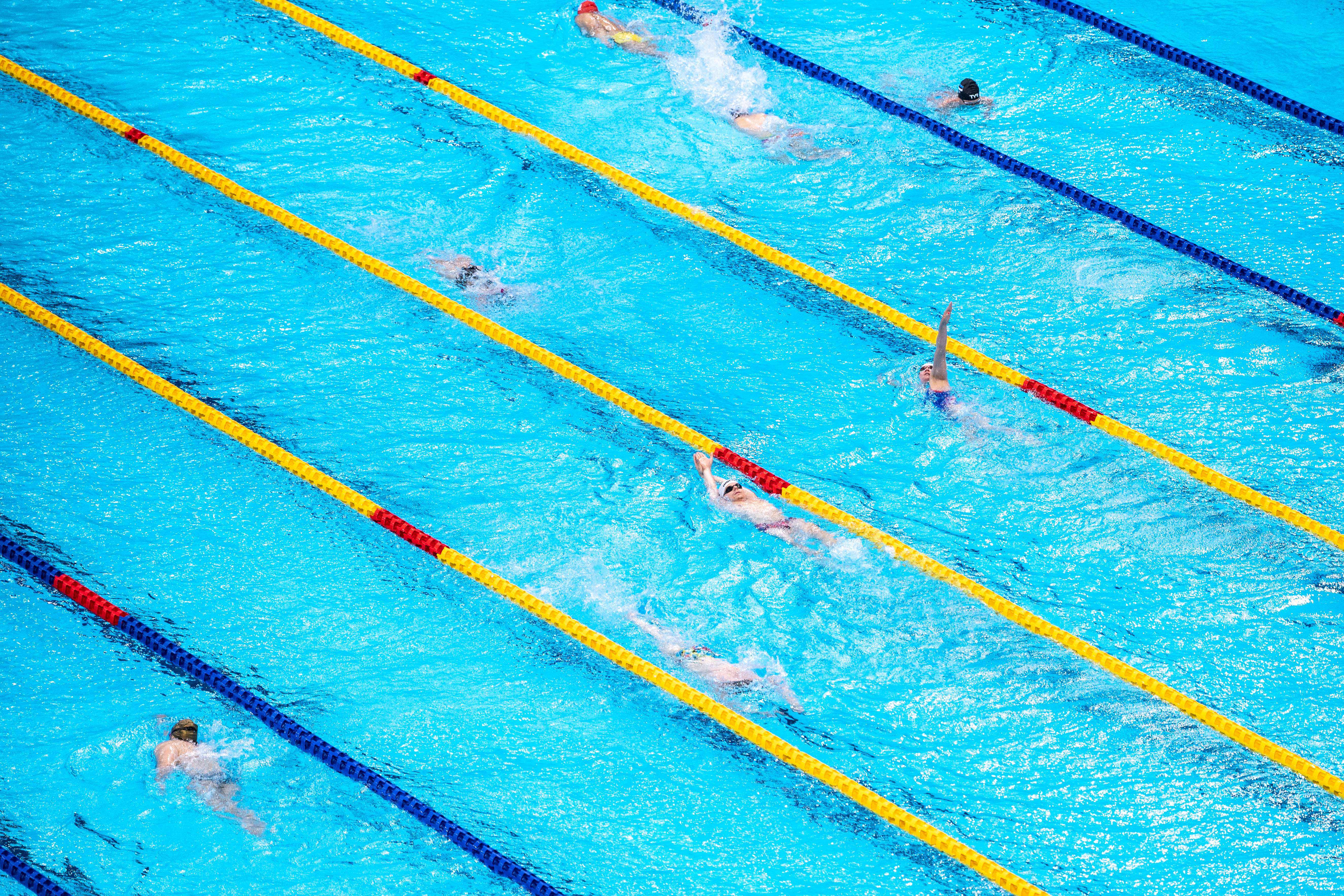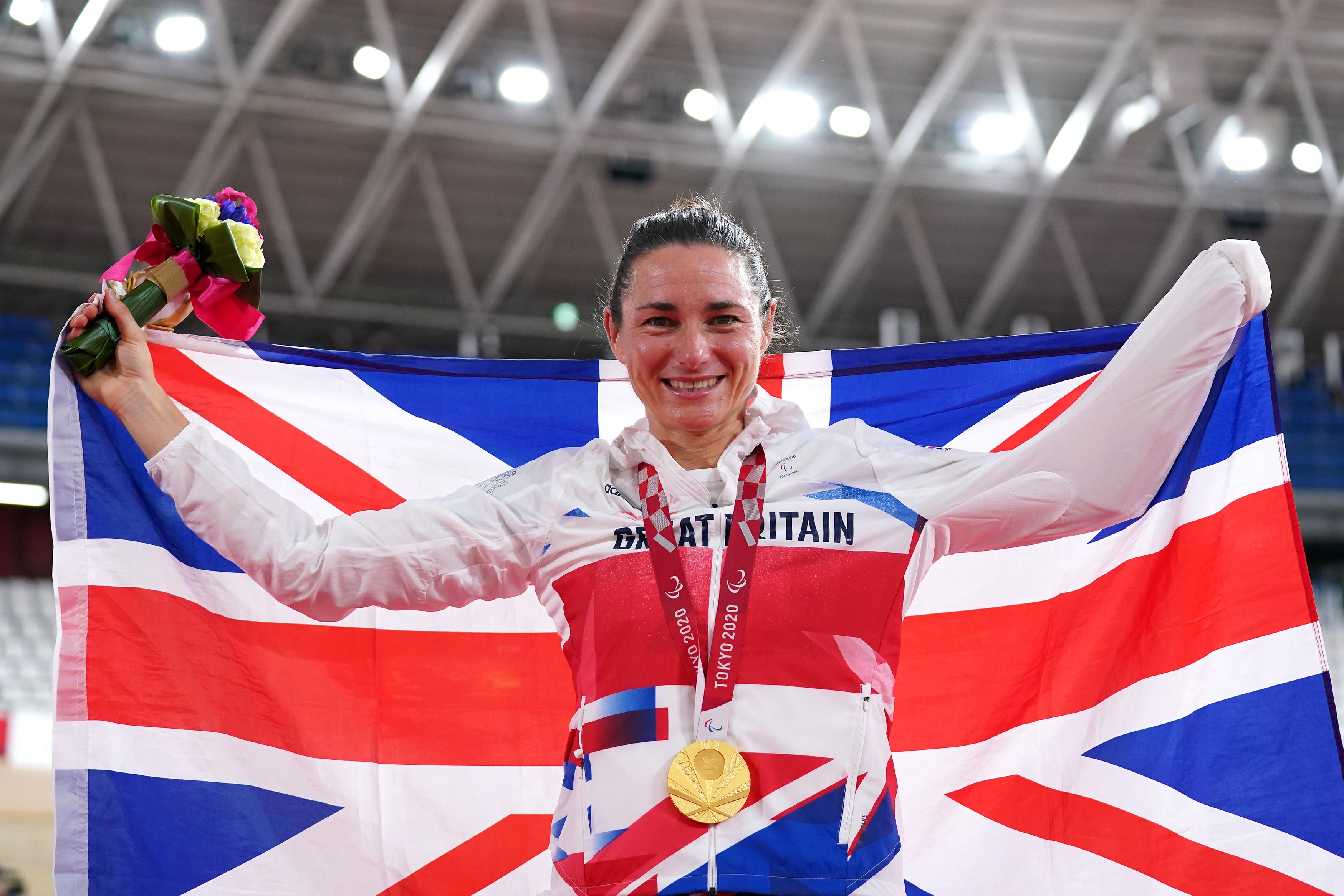Paralympics swimming categories explained: S9, S14, SB9 and more

The Paralympic swimming codes are decided by a combination of stroke and impairment classification
After the success of the Tokyo Olympics, it’s time for the Paralympics to take centre stage in Japan with the opening ceremony taking place at the Olympic Stadium on 24 August.
The para swimming events, which are taking place at the Tokyo Aquatics Centre, get underway from 25 August, with a packed schedule of heats and finals taking place through to 3 September.
Para swimming features three impairment categories – physical, intellectual and vision – with the classification process breaking those groups down into several separate classes.
Follow Paralymics LIVE: Latest news and updates from Tokyo
The sport class names in swimming consist of a prefix ‘S’ or ‘SB’ and a number. The prefixes indicates the stroke while the number stands for the class. ‘S’ shows the stroke is a freestyle, butterfly or backstroke event, ‘SB’ is breaststroke and ‘SM’ is individual medley.
Recommended
Athletes with different impairments compete against each other, because sport classes are allocated based on the impact the impairment has on swimming, rather than on the impairment itself.
Physical impairment classes:
S1 SB1 – Swimmers in this sport class have a significant loss of muscle power or control in their legs, arms and hands. Some athletes also have limited trunk control. This may be caused by tetraplegia, for example. Swimmers in this class usually use a wheelchair in daily life.
S2 SB1 – Swimmers in this sport class mainly rely on their arms for swimming. Their hand, trunk and leg function is limited due to tetraplegia or co-ordination problems, for example.
S3 SB2 – This sport class includes athletes with amputations of both arms and legs. Swimmers with reasonable arm strokes but no use of their legs or trunk, and swimmers with severe co-ordination problems in all limbs are also included in this sport class.
S4 SB3 – Swimmers who can use their arms and have fair function in their hands, but who cannot use their trunk or legs swim in this sport class. Athletes with amputations of three limbs could also swim in this sport class.
S5 SB4 – Swimmers with short stature and an additional impairment, with loss of control over one side of their body (hemiplegia) or with paraplegia compete in this sport class.
S6 SB5 – This sport class includes swimmers with short stature or amputations of both arms, or moderate co-ordination problems on one side of their body, for example.
S7 SB6 – This sport class is for athletes with one leg and one arm amputation on opposite sides, or a paralysis of one arm and one leg on the same side. Moreover, swimmers with full control over arms and trunk and some leg function can compete in this class.
S8 SB7 – Swimmers who have an amputation of one arm are eligible to compete in this sport class. Also, athletes with significant restrictions across hip, knee and ankle joints could compete in this sport class.
S9 SB8 – Athletes in this sport class, for example, swim with joint restrictions in one leg or with double below-the-knee amputations.
S10 SB9 – This class describes minimal physical impairments of eligible swimmers. These include the loss of one hand or a movement restriction in one hip joint.
Vision impairment classes: Athletes with a vision impairment compete in three sport classes from S/SB11 (B1) to S/SB13 (B3) as described in section 4. In order to ensure a fair competition athletes in the S/SB11 sport class are required to wear blackened goggles. To ensure safety all S/SB11 swimmers must use a tapper. Swimmers in the S/SB12 and S/SB13 sport classes may choose whether or not they wish to use one.
Intellectual impairment classes: S14 swimmers have an intellectual impairment, which typically leads to the athletes having difficulties with regards to pattern recognition, sequencing, and memory, which impact on sport performance in general.
Source: Read Full Article


